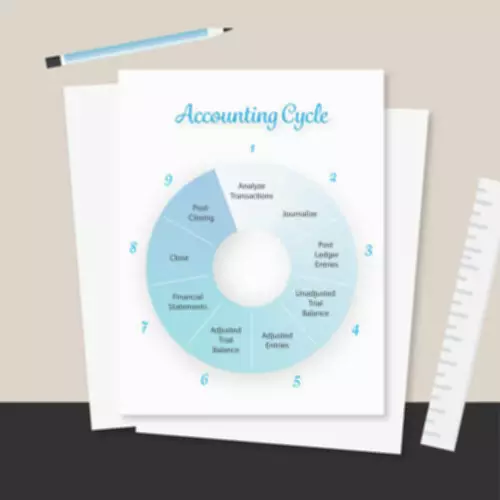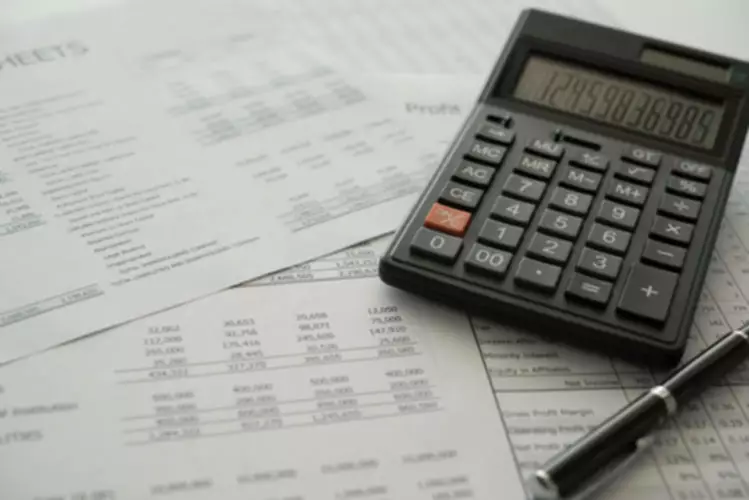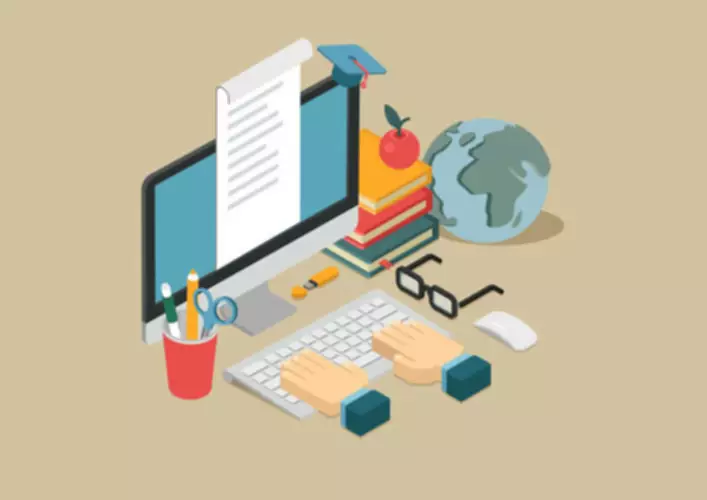Content

In the classified balance sheet, the most liquid assets go first and the least liquid assets go last. Liabilities that are due within one year, usually called current liabilities, are listed first and long-term liabilities, due in over one year are listed last. A classified balance sheet arranges the amounts from a company’s balance sheet classified balance sheet definition accounts into a format that is useful for the readers. In this method, the balance sheet list of assets is organized by how fast they could be converted into money. Then come marketable securities, accounts receivable, inventory and fixed assets. Goodwill comes last because it can only be converted to cash by selling the business.

Liabilities can be classified into current, for those due in less than one year, and long-term, for those due in over one year. Current liabilities include all debts that will become due in the current period. In other words, this is the amount of principle that is required to be repaid in the next 12 months. The https://simple-accounting.org/ most common current liabilities are accounts payable and accrued expenses. As you can see, each of the main accounting equation accounts is split into more useful categories. This format is much easier to read and more informational than a report that simply lists the assets, liabilities, and equity in total.
Common Classifications
Balance sheets provide the basis for computing rates of return for investors and evaluating a company’s capital structure. If assets are classified based on their convertibility into cash, assets are classified as either current assets or fixed assets.
These three ratios are difficult to mine from a regular balance sheet because it is not clear which assets and liabilities are current and which are not. Investors and financial analysts appreciate being able to easily access the information under useful categorizations from a classified balance sheet.
How to Determine the Fair Market Value of Assets
This financial statement lists everything a company owns and all of its debt. A company will be able to quickly assess whether it has borrowed too much money, whether the assets it owns are not liquid enough, or whether it has enough cash on hand to meet current demands. This is up-to management’s decision and discretion that how they want their balance should look like and how assets, equities and liabilities are to be presented in balance sheet.
- It also affects decisions by creditors when lending money to a company, including loan terms such as interest rate, due date, and collateral requirements.
- After the assets, liabilities with several sub-classifications are shown, including long-term liabilities, owner’s equity, and current liabilities.
- The improper categorization of accounts would render the statement useless.
- The prepaid expenses in Exhibit 4.9 likely include items such as prepaid insurance, prepaid rent, office supplies, and store supplies.
- This breakdown allows the reader to determine when the company’s debts are coming due and if the company is generating enough revenue to meet its liabilities in time.
Such as mortgage loan, debenture, long term notes payable, lease, pension, and gratuity fund, etc. Accounts receivable means money is receivable from persons or organizations. Inventory cost is based on specific identification or estimated using the first-in, first-out or weighted average cost methods. Some accounting standards also allow last-in, first-out as an additional inventory valuation method. Depending on the company, different parties may be responsible for preparing the balance sheet. For small privately-held businesses, the balance sheet might be prepared by the owner or by a company bookkeeper. For mid-size private firms, they might be prepared internally and then looked over by an external accountant.
Classification of Classified Balance Sheet
Managers can opt to use financial ratios to measure the liquidity, profitability, solvency, and cadence of a company using financial ratios, and some financial ratios need numbers taken from the balance sheet. When analyzed over time or comparatively against competing companies, managers can better understand ways to improve the financial health of a company.

As a matter of fact, it may take 30 years to pay a mortgage loan or 10 years to pay an equipment loan. Balance sheet liabilities, like assets have been categorized into Current Liabilities and Long-Term Liabilities. Once your balances have been added to the correct categories, you’ll add the subtotals to arrive at your total liabilities, which are $150,000. The same principle holds for the Liabilities section, where you’ll list all current liabilities, as well as those that are long term, such as mortgages and other loans. The Current Assets list includes all assets that have an expiration date of less than one year. The Fixed Assets category lists items such as land or a building, while assets that don’t fit into typical categories are placed in the Other Assets category. Easily understand and analyze the financial position of the business.
